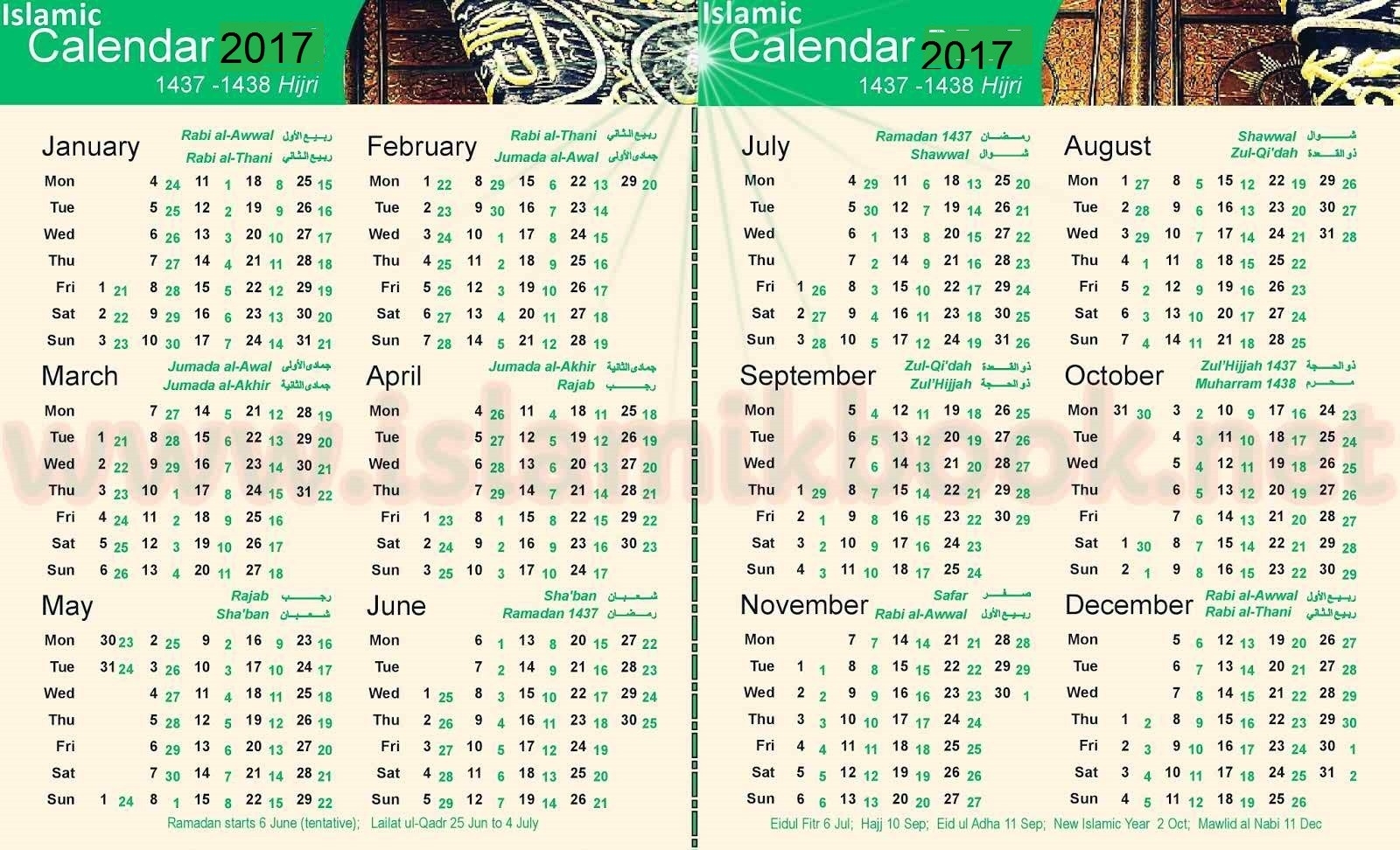


Mamluks were not supposed to be able to inherit wealth or power beyond their own generation but attempts to create lineage did occur and every succession was announced by internecine struggles. This gave the Mamluk state, divorced as it was from its parent society, a solidity that allowed it to survive the tensions of tribalism and personal ambition, through establishment of interdependency between the lower orders and sergeants and the higher lords.Īnd at the centre Mamluk politics were bloody and brutal. The Mamluks, who had been taken from their families in their youth and had no ties of kin in their new homelands, were personally dependent on their master. During the Mamluk Sultanate, succession and the power struggles to dispute succession were based chiefly on the size of a candidate’s powerbase, in terms of numbers of men in arms and client lords, that he could muster. In the military societies of the 13th century higher lords or amirs maintained a large number of Mamluks, and the sultan held the most. Islamic society, like that of medieval Christendom, took the form of a theoretical pyramid of fealty with the king or sultan at the top and numerous petty lords at its base with each lord above them holding rights of loyalty over them. Under their new masters they were manumitted, converted to Islam, and underwent intensive military training.

The boys would be sent by the caliph or sultan to enforce his rule as far afield as Spain (Venice and Genoa were major players in their transportation despite Papal interdictions) and sold to the commanders of the Islamic governments of the region. The Arabic word Ghulam (boy) was sometimes employed for the bodyguards they would become. The contemporary Arab historian Abu Shama noted after the Mamluk victory over the Mongols at Ayn Jalut in 1260 that, ‘the people of the steppe had been destroyed by the people of the steppe’.īoys of about 13 would be captured from areas to the north of the Persian empire, and trained to become an elite force for the personal use of the sultan or higher lords. And they kept their garrisons distinct, not mixing with the populace in the territories. As steppe people, they had more in common with the Mongols than with the peoples of Syria and Egypt among whom they lived. The Bahri Mamluks were mainly natives of southern Russia and the Burgi comprised chiefly of Circassians from the Caucasus. In principle (though not always in practice) a Mamluk could not pass his property or title to his son, indeed sons were in theory denied the opportunity to serve in Mamluk regiments, so the group had to be constantly replenished from outside sources. The word Mamluk means ‘owned’ and the Mamluks were not native to Egypt but were always slave soldiers, mainly Qipchak Turks from Central Asia. These groups were named after the principal regiments provided by the Mamluks for the last Ayyubid sultan as-Salih whom they served before overthrowing in 1250 the Bahirya or River Island regiment, based on a river island in the centre of Cairo and the Burgi or Tower regiment.

From 1250 to 1381 the Bahri clique produced the Mamluk Sultans from 1382 until 1517 the Burgi Mamluks were dominant. Yet the dynasty remains virtually unknown to many in the West. They made Cairo the dominant city of the Islamic world in the later Middle Ages, and under these apparently unlettered soldier-statesmens’ rule, craftsmanship, architecture and scholarship flourished. They destroyed the Crusader kingdoms of Outremer, and saved Syria, Egypt and the holy places of Islam from the Mongols. But Mamluks had first appeared in the Abbasid caliphate in the ninth century and even after their overthrow by the Ottomans they continued to form an important part of Egyptian Islamic society and existed as an influential group until the 19th century. The Mamluks ruled Egypt and Syria from 1250 until 1517, when their dynasty was extinguished by the Ottomans.


 0 kommentar(er)
0 kommentar(er)
